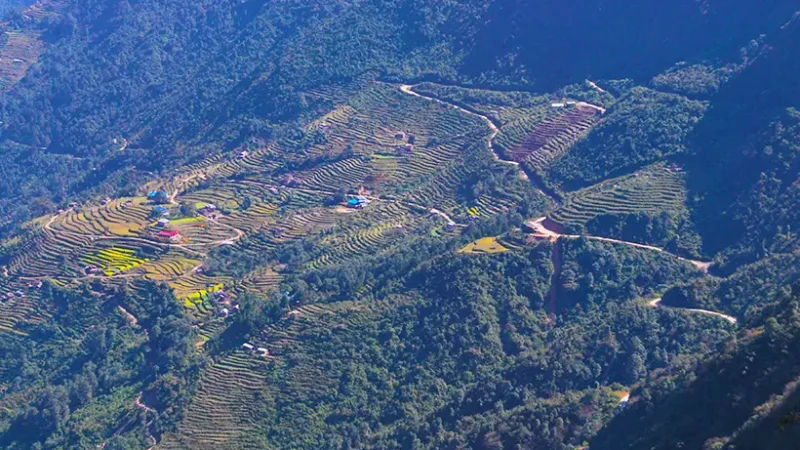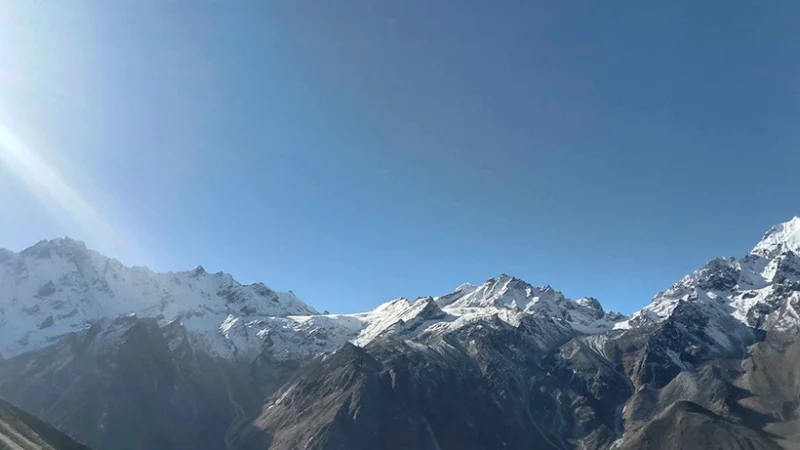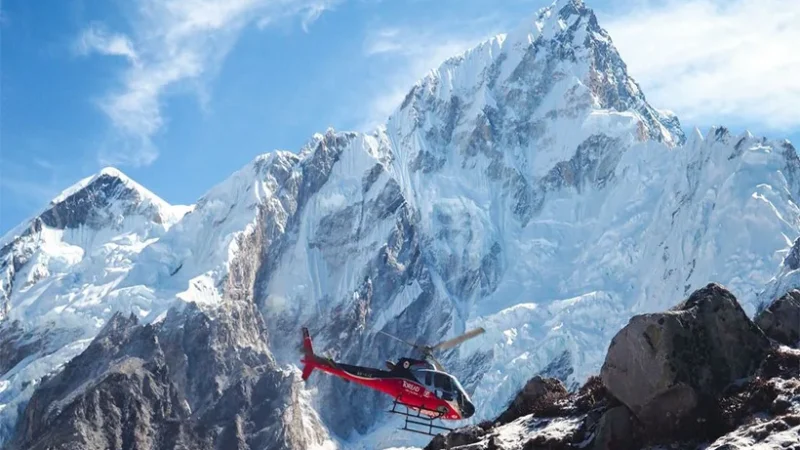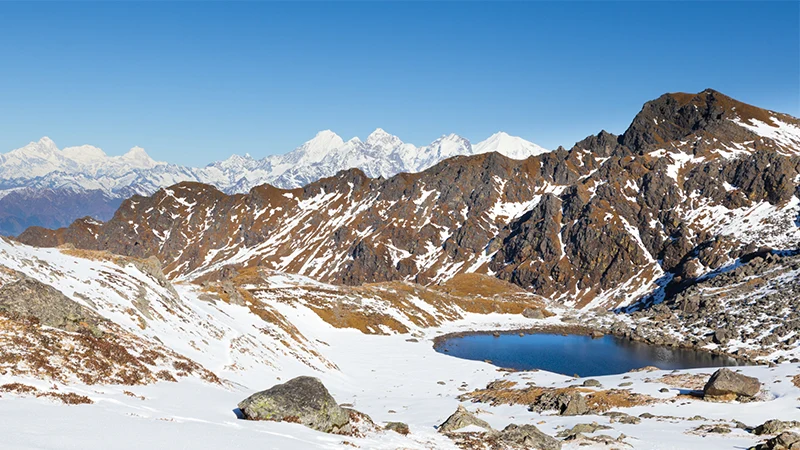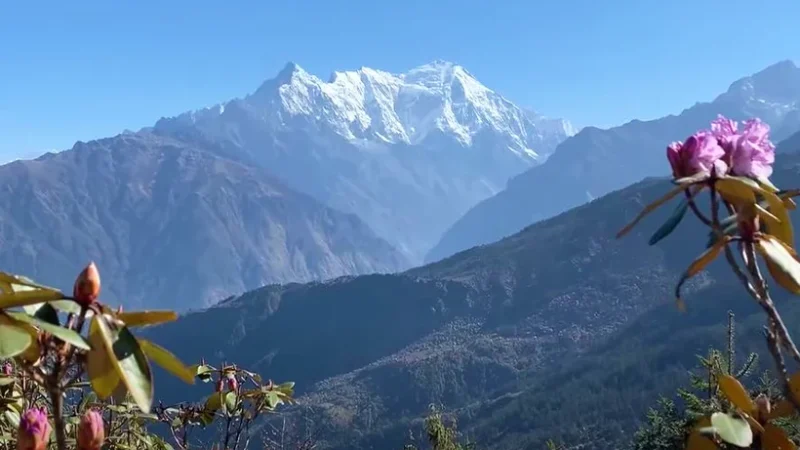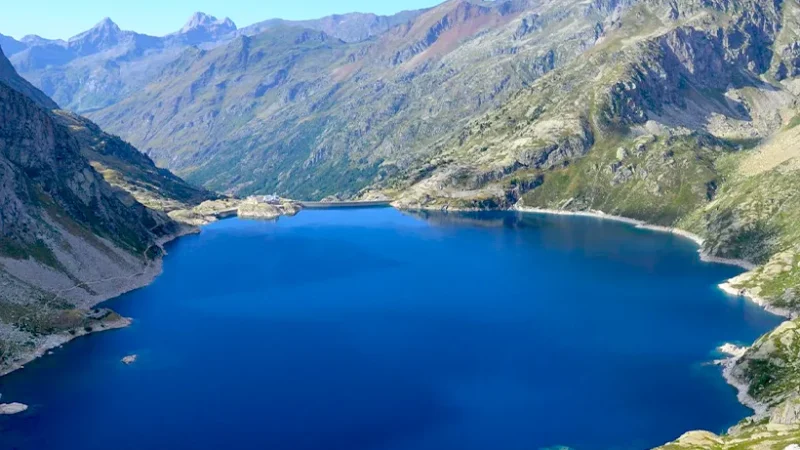Overview
One of the most beautiful places to go trekking, the Langtang Region of Nepal is one of the most accessible trekking destinations due to its proximity to Kathmandu, which makes it one of the most popular trekking destinations. From the city, you can get to the area in a comfortable one-day drive.
When planning your next journey, consider trekking in the Langtang region of Nepal, where you can take in breathtaking views of the Himalayas, as well as lush forests and springtime rhododendron blooms. In addition to the beautiful sunrise and sunset views from Lauribinayak, the warm hospitality of the local tea houses is another reason to visit the area.
There is no need to worry about taking an internal flight, and the region is well-supplied with hotels and eating establishments. Being close to Kathmandu yet presenting hikers with a unique combination of obstacles and fulfillment on a daily basis, the route via the Langtang region serves as a nearly ideal stepping stone into the Himalayan hiking experience.
The magnificent Tamang Heritage trek, scenic Langtang Valley, and cultural villages of the Tamang ethnic group are all part of the Langtang region trekking information, along with the lakes of Gosainkunda and the breathtaking Helambu Valley.
The Langtang region trek features a variety of hikes ranging in difficulty from easy to challenging holidays. We, nepaliholiday guide you toward the Langtang region trekking responsibly throughout the entire year.
Highlights of Langtang Region
- Numerous ungulate species, including musk deer as well as Himalayan tahr, use this area as a summer habitat.
- Langtang National Park is well known for its habitats of about 250 different types of birds, as well as the endangered red panda, snow leopard, Himalayan black bear, wild dog, serow, and ghoral.
- The magnificent backdrop of the Himalayas, including Shishapangma (one of the 8000-meter peaks), Manaslu Massif, Ganesh, Langtang, and Jugal Himal, and magnificent wooden forests and wildflowers.
The Mountains of the Langtang Region
The Langtang range can be found between the Jugal and Rolwaling Himals in the east and the Ganesh Himal in the west. If you want to get a good look at the Langtang Himalayan ranges, Tserko Ri happens to be one of the best viewpoints in the region.
- Langtang Lirung 7,234 m (23,734 ft)
- Langtang Ri 7,205 m (23,638 ft)
- Dorje Lakpa 6,966 m (22,854 ft)
- Loenpo Gang 6,979 m (22,897 ft)
- Changbu 6,781 m (22,247 ft)
- Yansa Tsenji 6,690 m (21,950 ft)
- Kyunga Ri 6,601 m (21,657 ft)
- Dogpache 6,562 m (21,529 ft)
- Langshisha Ri 6,427 m (21,086 ft)
- Gangchenpo 6,387 m (20,955 ft)
- Morimoto 6,150 m (20,180 ft)
- Tsogaka 5,846 m (19,180 ft)
- Yala Peak 5,520 m (18,110 ft)
Langtang National Park
Langtang National Park was established in 1976 AD to protect the unique plants and animals of the area. The park is 1710 km2 and includes parts of Nuwakot, Rasuwa, and Sindhupalchok districts. It is in the south of the mountainous area on the border between Nepal and China (Tibet).
The southern part of the park is being taken over by Chirpine, Rhododendron, as well as Nepalese alder hill forest (2000-2600m). The humid zone (2600-3000m) is mostly made up of oak forests. In the lower sub-alpine zone, silver fir, hemlock, and larch grow in old-growth forests (3000-3600m). Near the tree line, you can find trees like birch, silver fir, Sorbus microphyla, and twisted Rhododendroncampanulatum.
Langtang’s large high meadows are where ungulate animals like musk deer and Himalayan tahr spend the summer. The Langtang national park is known also for its red pandas, Himalayan black bears, snow leopards, wild dogs, ghoral, serow, and more than 250 types of birds.
People and Culture of Langtang Region
The well-known and vibrant Tamang and Sherpa people live in the Langtang region. They are found throughout the Langtang region. Each of them follows a different religious tradition and speaks a different language.
The word “Tamang” may come from the Tibetan words “Ta” and “Mak”, where Ta represents horse and Mak represent warrior. It is said that Tamangs were the horse traders.
The Tamang people have a very rich culture and way of life. They have their own language, cultural clothes, and way of living. They follow the 12-year cycle of the Chinese lunar calendar.
Lhosar and Buddha Jayanti are the two most important festivals celebrated by the Tamang people. The celebration of Buddha Jayanti takes place on May 5 and honors the birth of Gautam Buddha. On the other hand, the Sonam Lhosar festival is a celebration of the new year according to the Gregorian calendar.
Where is Langtang located?
The Langtang Region location is in the middle of the northern section of Nepal. The Rasuwa district of the Bagmati Province, which is well-known for its hiking trails and beautiful natural surroundings, is home to the region. The valley is located within the Langtang national park, which shares a border with the Tibet autonomous area of China.
How to get to Langtang Region?
Just 80 kilometers to the north of the Kathmandu Valley is where you will find the Langtang region of Nepal. It should not take more than about five hours to drive to the Langtang National Park. After the drive, you will be able to begin the Langtang Trekking in the direction of a number of possible trekking destinations.
When to visit Langtang Region?
The seasons of spring and autumn offer the most favorable conditions for trekking to Langtang trails. The weather is typically very lovely and cloudless throughout certain times of the year.
© Copyright 2024 Eco-friendly Treks. Website Developed by: AVIVA

